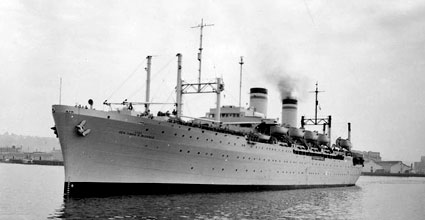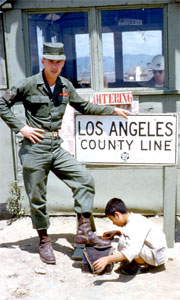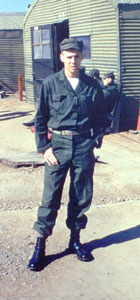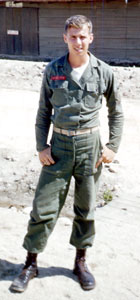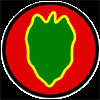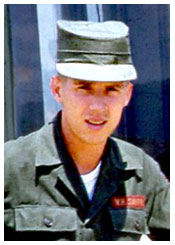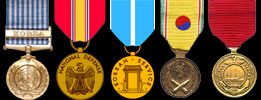| North
High School Wall of Honor William Homer Smith Class of June, 1951 |
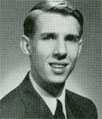 |
||||||||||||||||||||||||||||||||||||||||||||||||||||||||||||||||||||||||||||
|
Research done by Claradell Shedd, class of 1953. |
|||||||||||||||||||||||||||||||||||||||||||||||||||||||||||||||||||||||||||||
|
|||||||||||||||||||||||||||||||||||||||||||||||||||||||||||||||||||||||||||||
|
|||||||||||||||||||||||||||||||||||||||||||||||||||||||||||||||||||||||||||||
|
*24th Infantry Divison The 24th Infantry Division was initially activated in the Regular Army at Schofield Barracks, Hawaii, on 1 March 1921 as the Hawaiian Division. Unlike most divisions in the continental United States, the 24th was concentrated on one post during the interwar years, which enabled it to conduct more effective combined arms training. It was also manned at higher levels than other divisions, and its field artillery was the first to be motorized. With the threat of war in 1941, elements of the Hawaiian Division were reorganized as the 24th and 25th Infantry Divisions, and the Headquarters of the Hawaiian Division was redesignated as Headquarters, 24th Infantry Division. Among the first divisions to see combat in World War II, the 24th sustained minor casualties when the Japanese bombed Pearl Harbor on 7 December 1941. The division was charged with the defense of northern Oahu, where it built an elaborate system of coastal defenses. In May 1943 the division was alerted for movement to Australia and by September of that year, it had deployed to Camp Caves, near Rockhampton on the eastern coast of Australia. The 24th was part of the assault forces that landed on Dutch New Guinea, where it fought its way to the Hollandia airfield. After occupation duty in the Hollandia area, the division was among the assault forces on Leyte. From there the division went to Luzon and eventually formed an element of the assault forces in the Southern Philippines. During World War II the division adopted its nickname, "Victory Division." After serving in five campaigns and being decorated by the Philippine government, the 24th left Mindanao on 15 October 1945 for occupation duty in Japan. When the North Koreans attacked South Korea in June 1950, elements of the 24th Infantry Division were the first to arrive in Korea, where they fought a delaying action against overwhelming odds. The delay permitted the United Nations to build up its forces near Pusan, and the division was awarded the Presidential Citation (Army) for its actions. Over the next nineteen months the division fought in seven campaigns and was twice decorated by the Republic of Korea. In February 1952 the "Victory Division" returned to Japan where it served as part of the Far East reserve. In July 1953 the division went back to Korea to restore order in prisoner of war camps. The following year the division returned to Japan, where it served until February 1955. At that time the 24th deployed to Korea for another tour of duty. When the United States reduced and realigned its divisions in the Far East in 1957, the 24th left Korea, eventually replacing the 11th Airborne Division in Germany. While in Germany, in addition to its standard infantry mission, the 24th fielded airborne units for about two years. The division remained in Germany until 1969 when it redeployed to Fort Riley, Kansas, as part of the REFORGER (Return of Forces to Germany) program. As the Army withdrew from Vietnam and reduced its forces, the "Victory Division" was inactivated in April 1970 at Fort Riley. |
|||||||||||||||||||||||||||||||||||||||||||||||||||||||||||||||||||||||||||||
|
|||||||||||||||||||||||||||||||||||||||||||||||||||||||||||||||||||||||||||||
|
|||||||||||||||||||||||||||||||||||||||||||||||||||||||||||||||||||||||||||||
| **USS Simon
B. Buckner; (T-AP-123) Ten P2-SE2-R1 ships were ordered by the Maritime Commission during World War II. The ships were laid down by Bethlehem Steel in Alameda, California. The intended use of these ships after the War was for trans-Pacific service. As ordered, the ships were all named after U.S. Navy admirals. Only eight ships were completed as troop transports for the U.S. Navy, with the last two ships canceled on 16 December 1944. Despite being canceled, the last two ships were completed after the war to the P2-SE2-R3 design as civilian ships. In 1946, the ships were all decommissioned by the Navy, and transferred back to the Maritime Commission, and from there to the United States Army. The Army operated them with civilian crews as part of the Army Transport Service and renamed them after generals of the United States Army. In 1950, the ships were transferred back the Navy, but not recommissioned. Instead, they were assigned to the Military Sea Transportation Service and still manned by a civil service crew, and keeping the name the Army had given them. |
|||||||||||||||||||||||||||||||||||||||||||||||||||||||||||||||||||||||||||||
|
|||||||||||||||||||||||||||||||||||||||||||||||||||||||||||||||||||||||||||||
|
|||||||||||||||||||||||||||||||||||||||||||||||||||||||||||||||||||||||||||||
|
|||||||||||||||||||||||||||||||||||||||||||||||||||||||||||||||||||||||||||||
| 10/16/10: Living in IA. Died: 01/19/13. | |||||||||||||||||||||||||||||||||||||||||||||||||||||||||||||||||||||||||||||
| Music: "Wind Beneath My Wings" | |||||||||||||||||||||||||||||||||||||||||||||||||||||||||||||||||||||||||||||
| Home
|
Back/allyears |
WWI |
WWII |
Korea |
Vietnam |
Afghanistan/Iraq |
Lyrics
|
Refs/Awards |
Contact ©2025-csheddgraphics All rights reserved. All images and content are © copyright of their respective copyright owners. |
|||||||||||||||||||||||||||||||||||||||||||||||||||||||||||||||||||||||||||||
